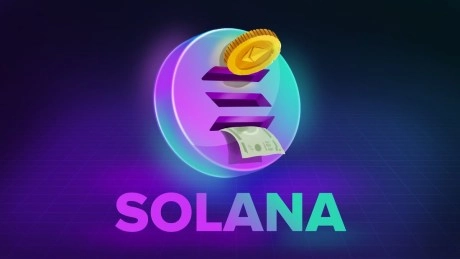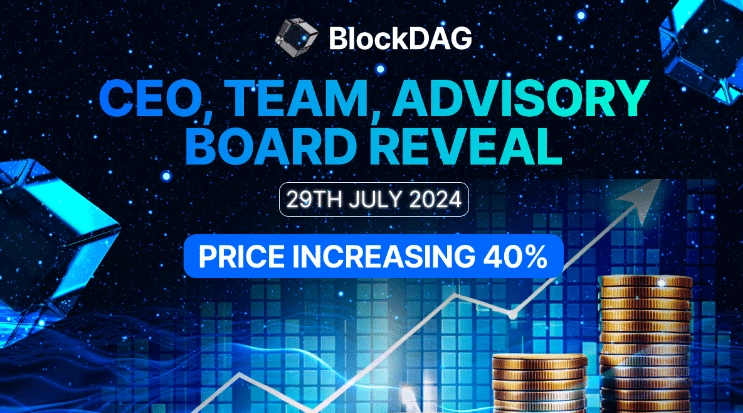
Blockchain concept of interconnected Layer 2 chains.
gettyThe blockchain ecosystem is experiencing an unprecedented proliferation of Layer 2 solutions, with crypto giants like Uniswap launching their own chain–Unichain. Onboarding and retaining users is key for any L2 blockchain, so both Coinbase and Kraken, Tier 1 centralized exchanges, have the upper hand by tapping into their already established user bases of 8.8M and 10M in 2024, respectively, as shared by BitDegree.
According to L2Beat, an analytics platform focused on L2s, there are over a hundred L2 networks with various development stages and business positioning. This surge raises important questions about necessity, sustainability, and the future of blockchain scaling. Ethereum’s Dencun upgrade challenged many L2s with a significant drop in network fees, making Ethereum more affordable. Now, the L2 race is all about attracting the right business.
Unfortunately, this flood of new L2s is a double-edged sword. Sure, we are all for advocating for blockchain innovation, but without a thought-through business focus, we might be headed for a shake-out where smaller players either need to partner up or accept the label of a ghost chain. Ultimately, the winning chains will crack the code on truly impactful strategies—whether through specialized purpose, targeting a niche, or just making things dead simple for users.
The EVM Dominance
Ethereum's dominance has established the Ethereum Virtual Machine as the de facto standard for chain development. Vitalik Buterin, Ethereum's co-founder, envisions a future where L2s play a crucial role in scaling the network while maintaining its decentralized ethos. In 2022, he proposed a scheme for L2 classification on the Ethereum Magicians website, with Stage 1 being referred to as minimum viable decentralization. He recently highlighted its importance in his X post.
The cultural impact of Ethereum and its L2s can't be understated with various ecosystems attracting participants from degens and regens, all the way to financial institutions. This has led to a rich ecosystem of L2 solutions, each bringing unique value propositions to the table, leveraging their business USPs and connections. At the end of the day, for a chain to be successful, business capability outweighs technical settings, with Base being a good example as an L2 that exceeded Optimism’s 5.8B of Total Value Locked with their $8.2B, even though Base itself is launched on Optimism’s technology stack.
Understanding L2 Motivations
Several distinct motivations drive the creation of new L2 networks that we observe right now across the industry.
Following up on a major success behind Coinbase’s chain as per financial statement on Token Terminal, Kraken, another highly sought-after centralized exchange has announced their own L2 called “Ink”. CEXs are tapping into millions of already onboarded users from their platforms making it easy to benefit from built-in user bases and significant resources for development and most of all—marketing.
Both Base and Ink rely on Optimism’s Superchain vision, utilizing the OP Stack to launch their own chains. OP Stack is a standardized, open-source, and shared developer stack that enables projects to quickly build optimistic Rollups–a type of an L2 blockchain.
Superchain concept is an attractive approach to scaling while creating an interconnected network of rollups sharing security and interoperability features. Given that OP Stack allows Optimistic Rollups to be deployed and maintained on a common infrastructure, Optimism ecosystem came with the idea that a high degree of interoperability can be achieved between all different rollup networks. Interestingly, according to L2Beat dashboard, 46 out of 115 listed L2s are based on OP Stack.
In 2022, dYdX, one of the biggest derivatives trading platforms, announced their own dYdX Chain, using Cosmos SDK and tapping into the concept of “appchains.” These "appchains" can optimize for particular requirements, such as high-frequency trading in dYdX's case. As explained by the dYdX team, deploying their order books on their own chain was a significant step in making the protocol fully decentralized. Although dYdX faced 35% layoffs in October this year, their focus still remains on dYdX Chain software, announcing dYdX Unlimited.
Some chains target specific purposes that aren't well-served by existing solutions. Plume Network focuses on real world assets, while Singularity Finance is building a network around AI-Fi and tokenized AI economy. On the other hand, being a general purpose chain like MegaETH project exemplifies how new chains prioritize DApp builders that bring features currently impossible on existing L1s or L2s.
Crypto Community Concerns
The rapid proliferation of L2s has raised legitimate concerns within the cryptocurrency community. Multiple chains can lead to fragmented liquidity pools, potentially reducing market efficiency. However, solutions like chain abstraction and cross-chain bridges are being developed to address this issue. On the other hand, bridge hacks have highlighted the risks of cross-chain interactions, giving a more prominent positioning for Layer 0 solutions.
Some argue that launching non-EVM chains face not only strong competition to attract users but ultimately puts high entry barriers. However, Solana is one example of a chain that while being a direct competitor to Ethereum, has positioned itself strongly outside of the EVM ecosystem and even more, within the memecoin frenzy, which focuses on humorous cryptocurrencies based on meme culture. In fact, this sector has been so impactful to the Solana ecosystem, that memecoins drive a significant amount of fees on Solana.
Despite concerns, launching a new chain that targets a specific niche or a use case, or caters to a given audience, is still a viable business strategy. Foundations can maintain greater control over their technical stack and user experience. Transaction fees and token value can create sustainable revenue streams. Purpose-built chains or those focused on one sector can optimize their efforts more effectively than general-purpose solutions and native tokens and governance can help build engaged communities.
Multichain Future?
The proliferation of new chains, both L1s and L2s, especially within the EVM environment, reflects the blockchain industry's dynamic nature and ongoing evolution. While not every new chain will succeed long-term, this experimentation is crucial for the ecosystem's development, with Buterin himself pointing out that even the well-established Ethereum chain is still an experiment. The key lies in ensuring these new chains add genuine value rather than simply duplicating existing solutions, like what we saw with AMM DEXs being forked left and right, without any unique value proposition.
Rather than asking whether we need so many blockchains, perhaps the better question is: What is the best way for these various L1s and L2s to work together to create a more efficient, secure, and accessible network, and as a result, effectively expand to Web2? Only time will tell.



